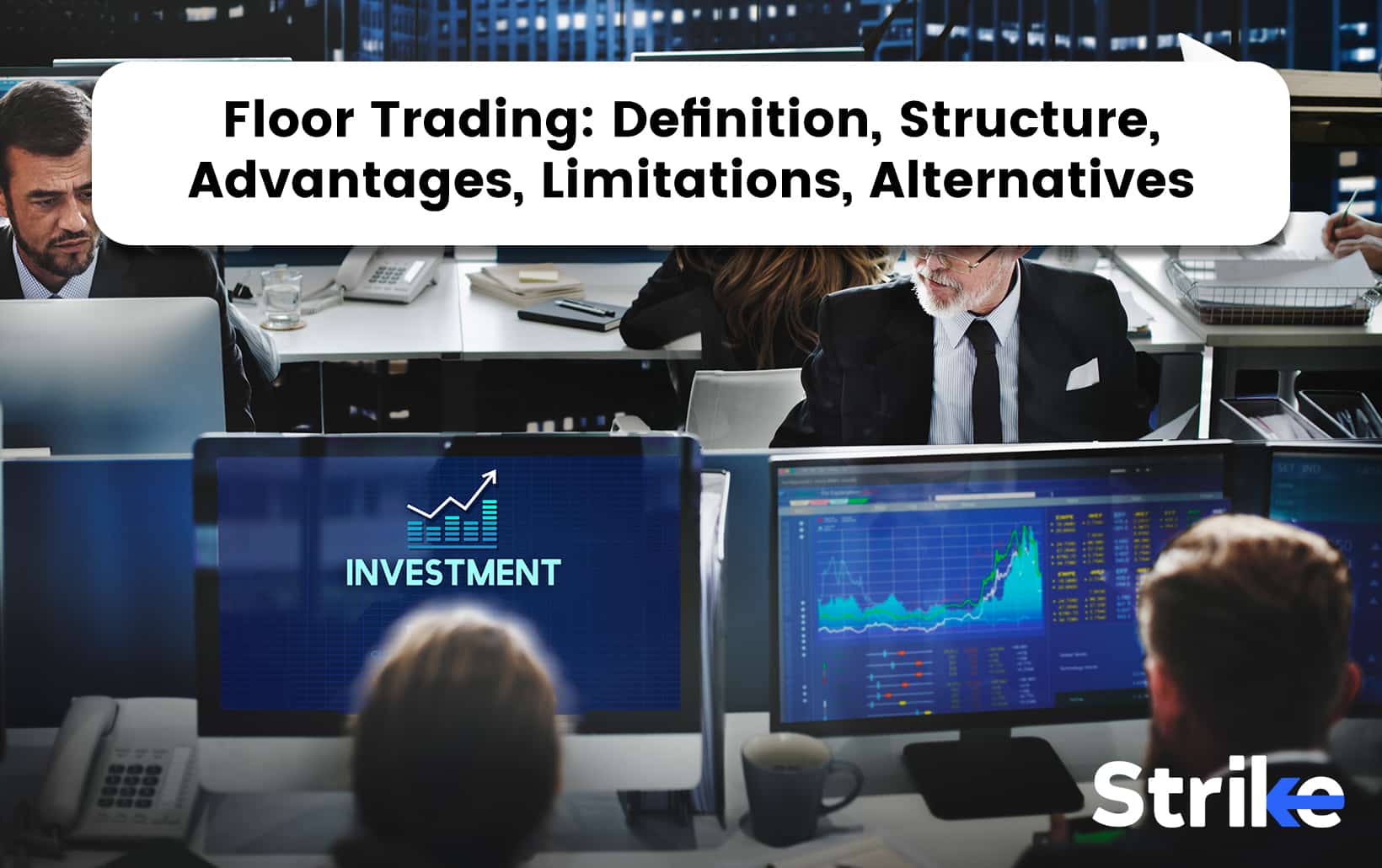
Trading floors have long been the nerve centres of stock exchanges, where clamorous open outcry trading ruled to facilitate rapid transactions of financial instruments. Trading floors contained bustling pits where floor traders would shout orders and use dramatic hand signals to verbalize trades on the packed trading floor. But the rise of digital technologies has transformed the landscape, disrupting traditional trading styles and shifting dominance toward automated platforms. Even so, active exchange trading floors maintain an invaluable role in markets, continuing the legacy of face-to-face interaction in the modern digital age.
Within the buzzing trading pits of major Indian exchanges like the National Stock Exchange and Bombay Stock Exchange, floor traders still pursue their craft by shouting orders and signalling trades through deft hand gestures. Though more limited in scope, the niche strategies these floor traders develop harness the structural advantages and insights only proximity and community can provide. Their expertise enables complex executions amid volatility or system disruption, subtle relationship sourcing of liquidity, and agility, exploiting fleeting market anomalies that are too ephemeral for algorithms. Despite adaptation, floor trading perseveres as an enduring art form, its principles timelessly aiding efficient pricing discovery.
As electronic speeds supplant manual methods, exchange floors now serve contingent functions, ensuring continuity under technological strain. Yet the dormant pits still stand as heritage monuments to collaborations that built economies. Their future trajectory likely keeps the human experience intertwined to optimize automation, just as tradition becomes integrated with progress. Thus, floor trading transforms, but its resourceful traders stay agile and never relinquish their marketplace.
What is a trading floor?
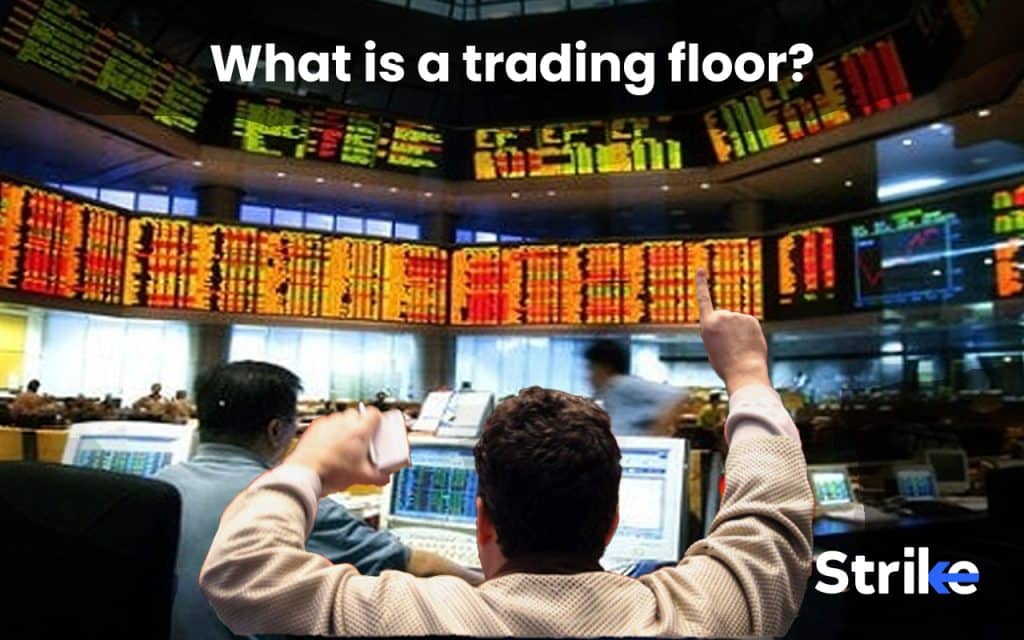
A trading floor is a large, open workspace where stocks, bonds, currencies, and other financial instruments are bought and sold. A trading floor is the heart of a stock exchange, such as the National Stock Exchange of India (NSE) or the Bombay Stock Exchange (BSE). Dozens or even hundreds of traders crowd the floor, yelling out orders, monitoring prices, and executing complex transactions.
Who is a floor trader?
A floor trader is a person who trades on the floor of a stock exchange. They are members of the exchange who trade stocks, bonds, options and other securities for their own accounts or on behalf of clients.
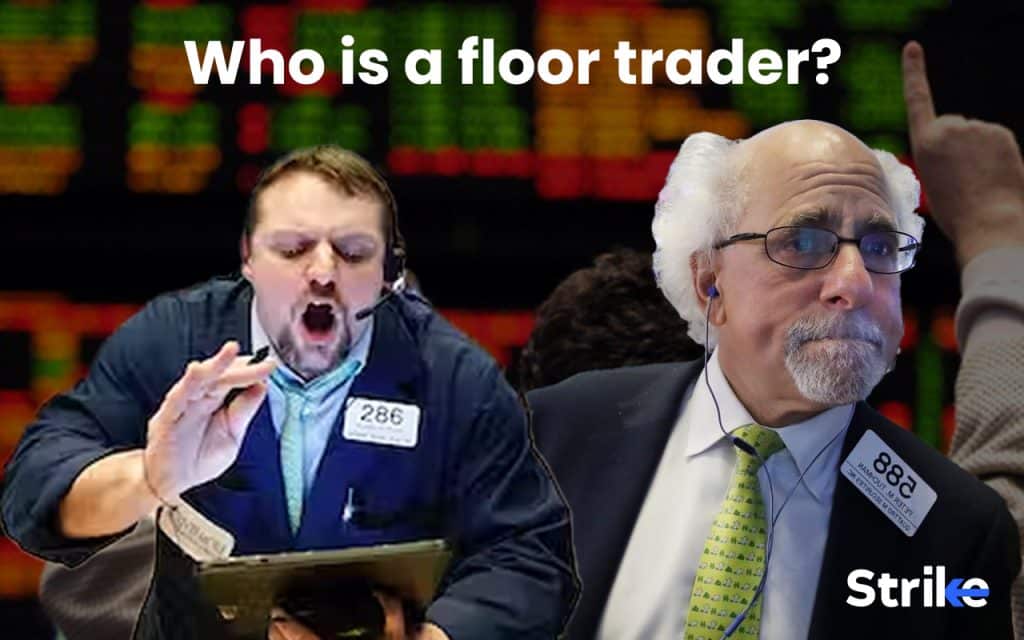
Floor trading used to be the primary method of trading securities before electronic trading became widespread. While electronic trading now dominates most markets, floor trading still occurs on certain exchanges, especially those that trade options and futures contracts. Floor traders have designated areas on the exchange floor in Indian stock markets as well. On the Bombay Stock Exchange, for example, floor traders operate in specific locations based on the type of securities they trade and whether they represent institutional investors or individual retail clients. Equity floor brokers are positioned in rings based on the market capitalization of the stocks they trade.
Debt market brokers occupy an area specific to government securities and bonds. Derivatives traders, such as index and stock futures brokers, operate in their own designated rings. There are also separate zones for proprietary traders and institutional brokers executing large block orders. The exchange layout separates brokers trading on behalf of retail individuals and small traders as well. Just like on global exchanges, this organized structure on Indian trading floors allows efficient interaction between different market participants executing trades in specific securities.
What is the structure of a trading floor?
The trading floor of a stock exchange is specially designed to facilitate the buying and selling of securities through open outcry trading. It is structured to allow brokers and traders to interact efficiently as they conduct trades verbally and through hand signals. The centrepiece of most trading floors are the trading pits. Pits are circular or octagonal arenas where traders gather to trade specific securities such as stocks, options or futures contracts. They are designed so traders are able to be in close proximity to one another to enable quick transmission of information and execution of orders.
Pits are sunken areas with steps descending around the perimeter. The pits sometimes range from just a few feet across to over 20 feet wide, capable of accommodating dozens of traders. At the centre is a flat open space where market makers trade with each other. The steps allow other traders to stand above the centre area to interact and observe trading activity. The trading rings are arranged according to the types of securities traded on Indian stock exchange floors. For example, the Bombay Stock Exchange trading floor has separate rings for stocks based on the market capitalization of the companies.
Traders conducting trades in large-cap securities will be in one ring, mid-caps in another, and small-caps in a third ring. The National Stock Exchange organizes options rings by underlying asset, such as a NIFTY 50 options ring for options on that index. The debt market has separate rings for government securities and corporate bonds. Commodities pits group contracts by product type, with different rings for gold, silver, oil, or agricultural commodities brokers. This organized layout allows efficient interaction between traders focused on specific securities on Indian exchange floors.
Surrounding the exterior of the pits are booths occupied by brokerage firms. The booths contain telephones, trading terminals and other communications equipment that allow brokers to interact with traders and clients. Runners act as messengers between the booths and the pits, taking paper order slips to brokers in the pits for execution.
Display boards are mounted around the trading floor to provide real-time data on prices, volumes, news, and indexes. Floor brokers are able to glance up at the boards to check on market conditions before entering orders. Certain exchanges have integrated electronic trading terminals into the pits themselves so traders are able to supplement open outcry trades with electronic order execution. A typical sequence of trades on the floor begins when a brokerage firm receives an order from a client. The order sometimes comes in by phone, electronically, or through a representative located off the exchange floor. The firm’s booth broker then fills out a paper order slip and passes it to a runner.
The runner quickly carries the order down to the floor broker stationed in the relevant pit. The floor broker announces the order to the crowd of traders and negotiates the trade by shouting out bids or asking prices and contract sizes. Once a market maker agrees to trade, the floor broker indicates the fill is complete by marking the order slip. The runner then swiftly takes the filled order slip back to the booth broker, who arranges for the trade to be printed, confirmed and settled through the exchange’s systems. Finally, the booth broker reports the execution back to the originating client to complete the order lifecycle. This sequence allows orders to flow down to the trading floor, executed rapidly through face-to-face interaction, then confirmed and completed through the exchange’s electronic systems. The open outcry pits facilitate price discovery, while the electronic systems support back-office functions.
How is trading done on a trading floor?
Trading on the floor of a stock exchange involves specialized techniques and methods. Traders leverage verbal communication, hand signals, exchange protocols and crowd dynamics to efficiently buy and sell securities through open outcry. Trading revolves around the pits, which contain circular areas where market makers are able to freely trade securities. Around the perimeter are steps for other traders to stand and observe the action. Orders flow down to the floor brokers in the pits via paper tickets or phone/hand signals.
The floor broker will announce its details loudly to the crowd of market makers when a new order reaches the floor. A typical order announcement might go “5,000 shares Pfizer bid at 2,200 rupees”. This communicates the broker is bidding to buy 5,000 shares of Pfizer stock at a limit price of 2,200 rupees per share. Market makers in the pit who are assigned to the stock will consider taking the other side of the order. They communicate that through verbal and visual cues if one agrees to trade.
A head nod, direct point or shout of “Sold!” indicates they hit the bid and will sell the requested shares to the floor broker. Once an execution occurs, floor brokers use further hand signals to communicate fills back to their booths. For example, rubbing the palm of one hand over the other in a circular motion signals a complete fill on the order. A partial fill is sometimes indicated by showing a number like “3” on the fingers.
In the bustling environment of the stock market, hand signals serve as a vital communication tool among traders. Amid the cacophony of the stock market trading floor, where verbal communication can be challenging, these gestures offer a swift and clear means of conveying transaction statuses. For instance, the action of rotating palms together is universally understood as an indication that an order was fully filled. Similarly, a thumb-up gesture is employed to signify that a buy order was successfully completed, whereas a thumb-down is used to communicate the completion of a sell order. Moreover, displaying a certain number of fingers is a method used to indicate a partial fill of that specific number of shares. Additionally, a fist-pumping motion directed toward another trader is a signal of acceptance of their trade offer. These hand signals are indispensable for traders, allowing them to receive rapid visual updates on order statuses from their colleagues amidst the din and activity of the trading floor.
Who works on the trading floor?
Floor traders are exchange members who trade on the floor of the exchange for their own accounts or on behalf of their firms. They utilize verbal and physical signals to communicate orders, execute trades, and interact with other traders and exchange personnel. Floor traders need extensive knowledge of the markets, sectors, and securities they trade, as well as intuition to capitalize on short-term opportunities.
There are different types of floor traders, including independent traders who only trade their own capital, registered competitive traders who trade on behalf of their member firms, and dual traders who fill client orders but also trade for the firm or themselves. Each type of trader brings unique strengths and strategies to the floor. Independent traders rely on personal insights, competitive traders on research resources, and dual traders balance client interests with proprietary trading. Though floor trading has declined with the rise of electronic trading, knowledgeable floor traders still thrive by specializing and leveraging their experience in reading market signals.
Do people still work on the trading floor?
Yes, traders still work on physical trading floors. The emergence of electronic trading platforms and computerized exchanges has led many to believe that traditional open outcry trading floors are obsolete. However, lively trading floors still operate today and employ thousands of flesh-and-blood traders. While the heyday of boisterous floor trading has passed, there remain compelling reasons for human interaction and crowd dynamics in certain market centres.
Which trading floors are still functional?
The major Indian exchanges maintaining active physical trading pits are the National Stock Exchange (NSE), Bombay Stock Exchange (BSE), Multi Commodity Exchange (MCX), National Commodity & Derivatives Exchange (NCDEX) and Natural Trading Floors.
Is the open outcry method still used on trading floors?
Yes, while now less common, open outcry still occurs on select Indian trading floors alongside electronic platforms. The open outcry trading method was the historic norm on stock and commodity exchanges around the world. Traders would yell bids and offers and use hand signals to communicate and execute orders in trading pits.
What are the advantages of a trading floor?
The main advantage of a trading floor is having all parties physically present allows for direct communication and collaboration. Questions are able to be answered on the spot. Non-verbal cues are able to be observed. Conversations and negotiations occur fluidly. This level of immediacy is harder to achieve through electronic channels alone. Human interaction on a trading floor facilitates information flow, shared context, and relationship building. Veteran floor traders and brokers often possess valuable specialized knowledge from their years of experience. This includes an intuitive understanding of market psychology, trading strategies, and complex instruments like derivatives. Newer traders benefit from being around these experts on a daily basis on the trading floor. Mentorship and expertise sharing are more seamless.
The energy and activity of an open trading floor generate a sense of urgency and awareness. Traders are able to overhear how others are reacting to new information and price movements. They are able to adjust their own strategies accordingly based on the collective sensemaking occurring around them. This rapid feedback loop enables traders to continuously update mental models and stay ahead of changing conditions. Shared spaces like trading floors foster communities with their own norms, values, and rituals. Traders form professional and personal bonds by working together daily. Having a strong cultural foundation built on trust and teamwork positively impacts motivation, ethics, and performance. The trading floor community reinforces constructive behaviours through both formal rules and informal peer pressure.
Despite cybersecurity improvements, hacking and disruptive attacks remain a threat with purely electronic platforms. Maintaining physically separate closed networks for trading floors limits digital access points that bad actors could exploit. The presence of on-site IT professionals also enables quick response to any technical issues. While not completely immune, trading floors are intrinsically more isolated and controlled environments than distributed computer networks. For many traders, the high-energy environment and social bonds on a trading floor provide mental stimulation and satisfaction. Staring at screens in isolation all day is sometimes disengaging. The atmosphere of a trading floor helps maintain focus and motivation. The visibility and accountability promote adherence to quality standards as well. Working on-site reinforces traders’ professional identities and purpose in ways remote work cannot.
What are the limitations of the trading floor?
Maintaining a physical trading floor space in prime locations like Mumbai’s Dalal Street or Bangalore’s central business district costs crores in rent, construction, technology, payroll, and regulatory compliance. Only well-capitalized banks, brokers, and exchanges are able to afford this massive fixed overhead. Physical space also restricts headcount growth. Adding more traders requires obtaining larger floors, which is challenging given the limited prime real estate in India’s financial hubs.
As more trading moves to electronic platforms like NSE and BSE, the need for expensive physical trading floors is reducing. Brokers are shifting to cheaper locations and adopting flexible work models. Electronic trading offers significant cost savings, easier scalability, and wider talent access compared to physical trading floors. Verbal or paper-based communication slows down exchange on a trading floor compared to pure electronic platforms. Executing trades takes more time when reliant on human brokers instead of automated matching engines. The differences are sometimes critical for arbitrage and high-frequency strategies involving large order flows.
Physical trading floors are concentrated in a handful of financial centres like Mumbai, Delhi, and Bangalore. Participants on the trading floor thus have poor visibility into other regions of India. Trading electronically through national stock exchanges like NSE and BSE enables market access across India and consistency in trading for participants across the country. Electronic trading also enables extended trading hours beyond the typical 9:15 AM to 3:30 PM schedule on physical trading floors. The nationwide reach and extended hours facilitated by electronic trading improve price discovery and liquidity in the Indian stock markets.
Communication via yelling and paper tickets cannot be tracked and archived like digital orders. This lack of documentation opens the door to potential abuse and makes oversight difficult compared to electronic surveillance. Sensitive information also leaks more easily in noisy trading floor environments. The high-stress nature of trading floors combined with cramped quarters and dated infrastructure sometimes pose various health side effects like high blood pressure. Back injuries and repetitive strain are also common occupational hazards for traders. Crowds also accelerate infectious disease spread. These are fewer concerns in remote or modular virtual workspaces.
What is the alternative to the trading floor?
Electronic trading has emerged as the primary alternative to traditional physical trading floors. Computer systems have replaced paper-based processes, allowing instantaneous order matching and execution via electronic platforms. This enables remote market access from anywhere, eliminating the need for physical presence. NSE pioneered screen-based trading in India with its NEAT system in the 1990s, which catalyzed the evolution towards digital markets.
Algorithmic and high-frequency trading (HFT) have substantially increased electronic volumes. Complex algorithms rapidly analyze market data and place numerous trades per second without human intervention. HFT firms like InfoReach and Quantinsti leverage advanced computing power to implement these strategies. This has lowered costs and improved liquidity but also raised systemic risks. Regulators are still adapting policies to monitor algorithmic trading in India.
Who is the most famous floor trader?
For over 30 years, Peter Tuchman has been one of the most recognizable and photographed traders on the floor of the New York Stock Exchange (NYSE). With his distinctive curly hair and animated facial expressions, Tuchman has come to personify the legendary open outcry trading pits. His lengthy career provides insight into the unique history and community of the NYSE trading floor. Peter Tuchman was born in 1957 and grew up in New York City. His parents were Holocaust survivors who immigrated to America after WWII. Tuchman studied economics and agriculture at the University of Massachusetts.
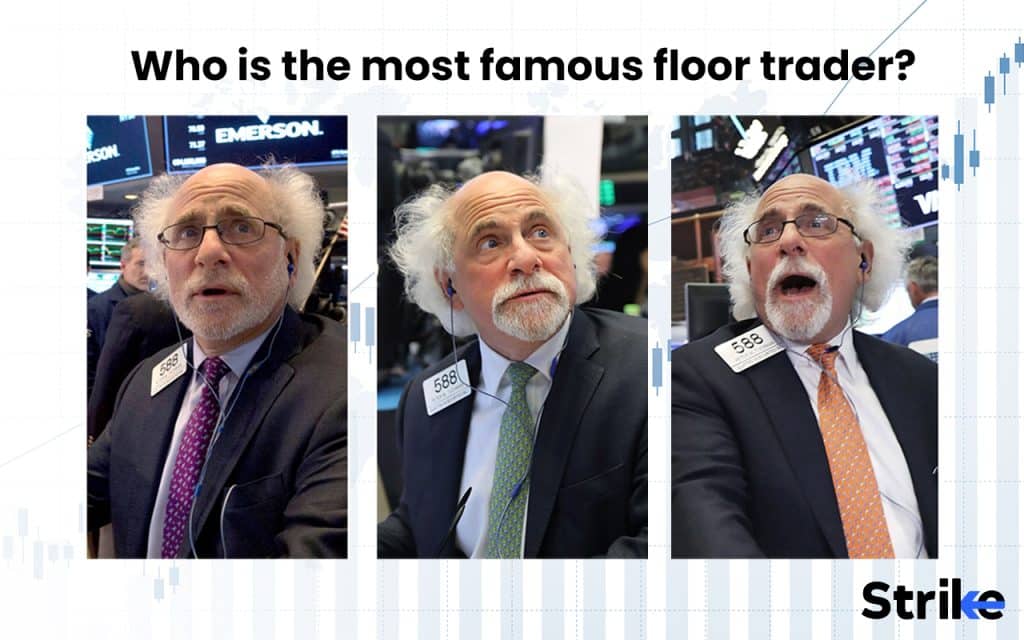
After graduating, he got his start on Wall Street in 1985 as a teletypist relaying orders on the chaotic NYSE trading floor. Tuchman took to the energetic trading environment right away. He apprenticed under veteran floor brokers to learn the ins and outs of trading stocks, bonds and derivatives in the open outcry pits. Tuchman gained expertise in reading market signals and human psychology among the constant yelling and paper ticket madness. He leveraged his learnings to become a successful independent broker trading for various clients.
How do floor traders make money?
Floor traders employ strategies to capitalize on their unique exchange access and information flows. These include market making by constantly quoting bid and ask prices to profit off the spread, arbitrage by exploiting price differences between linked assets on multiple exchanges, speculative trading based on analysis of technical indicators and fundamentals, detecting imbalances in liquidity flow to piggyback on likely price swings, analyzing crowd psychology and positioning contrarian to herd bias, leveraging knowledge edges from proximity to other traders and faster data, facilitating large block trades for institutions without significantly moving prices, and executing algorithmic trades based on technical timing signals like moving averages. By providing liquidity, identifying mispricings, anticipating price moves, sensing sentiment shifts, and capitalizing on information and access advantages, floor traders generate profits within the exchanges’ structures and regulations.






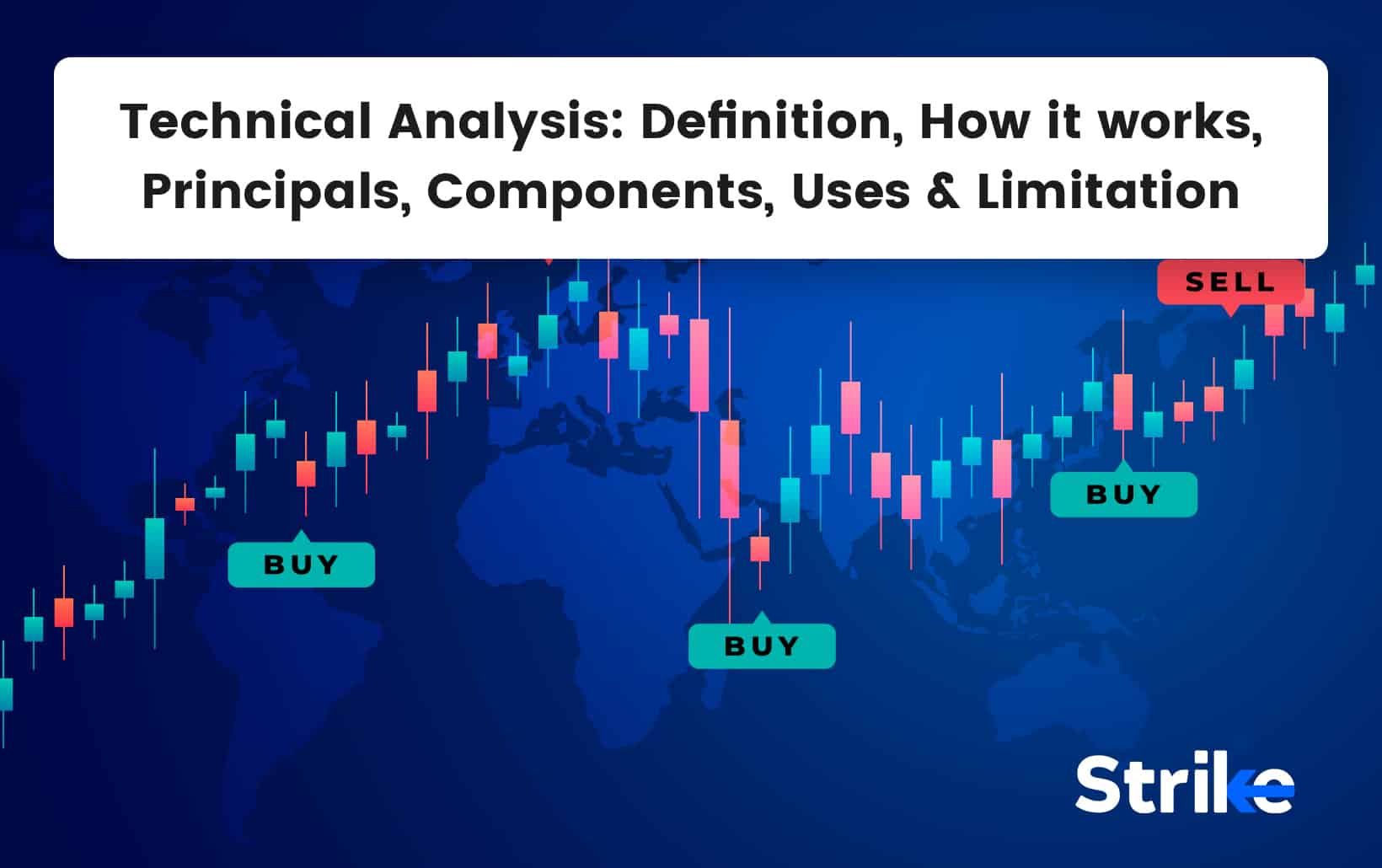
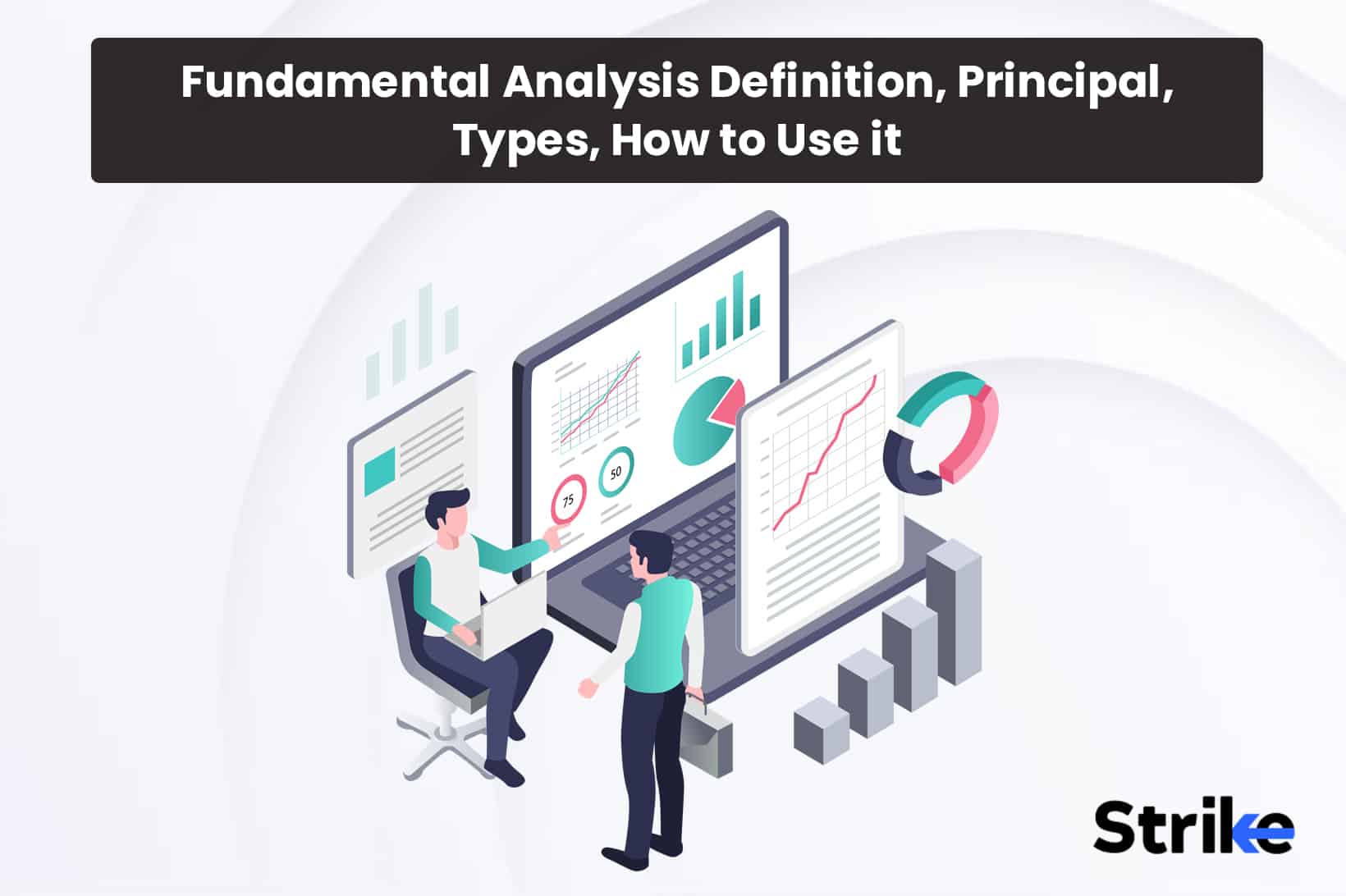
![85 Common Stock Market Terminologies for Dummies [Updated List for 2025] 40 85 Common Stock Market Terminologies for Dummies [Updated List for 2025]](https://www.strike.money/wp-content/uploads/2025/04/Popular-Stock-Market-Terms-for-Beginners-Banner.png)











No Comments Yet.